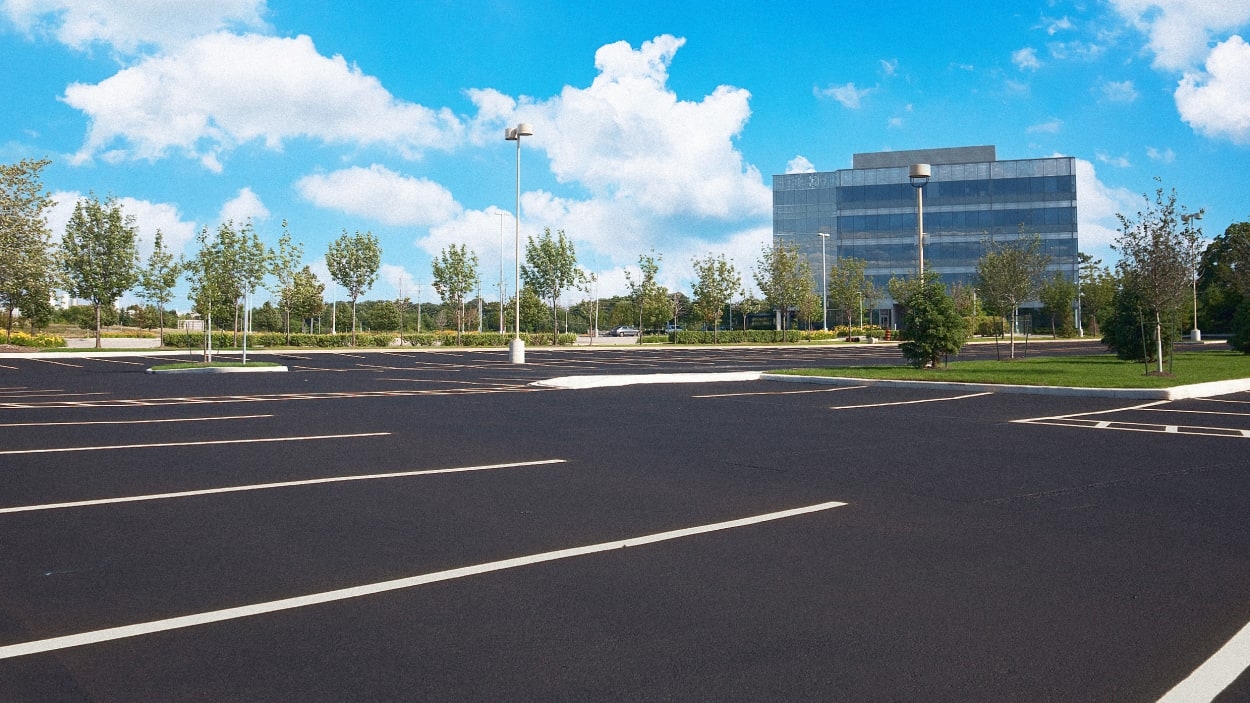Using a local workspace instead of the office could cut emissions by 90%
For many people, the ideal commute is a short walk or bike ride to a nearby office—away from the distractions of home but not involving a long drive in traffic or multiple transfers on public transportation. If you’re trying to convince your company to let you work from a nearby coworking space, or to set up a satellite office in your neighborhood, here’s another argument you can use: It can help slash carbon emissions.
A new report looked at a few different scenarios for work, including a traditional five-day commute to a downtown office, splitting time between home and a central office, and working from a coworking space or satellite office no more than a 15- or 20-minute bike ride from home. It compared not only the emissions from transportation (with the assumption that people would still drive on short commutes in many cities) but also energy used in each building. Close-to-home offices had a carbon footprint as much as 90% smaller than working in a central headquarters every day.
Arup, the global design and engineering company, worked on the report with IWG, a company that builds coworking and shared office buildings around the world (and, of course, has a vested interest in this type of research).
“The reality is that many people—and it’s an increasing number monthly—are taking offices near where they live,” says IWG CEO Mark Dixon. The company has seen revenue grow 24% in the past year and plans to open as many as 1,000 new locations over the coming year. Dixon says it’s seeing increasing demand as long-term corporate leases expire and businesses want to offer employees more flexible choices for where they work. Some cities, like Paris, also want to give people more choices to work near home as part of the 15-minute city model.
One recent survey found that in the U.S., around 12% of workers currently work from home all the time, 60% always work from the office, and 28% have hybrid work arrangements.
The report looked at six cities as examples and found that the environmental benefit of hybrid work depends on the city. In car-dependent Los Angeles, traditional commuting has three times the impact of commuting in London, where many more people ride public transportation to work; the lowest-emissions scenario in L.A., with people working near home, has about the same impact as the worst-case traditional commute in London.
In Los Angeles, a shift from standard commuting to work at a local office could cut emissions by 87%. Shifting from a typical American commute to a combination of working from home, a local office, and a central headquarters cut emissions by 79%. In Atlanta, working at a local office could cut emissions by 90%.
While the report considered current commuting patterns—so someone in Los Angeles, for example, might be likely to drive even if they’re going a short distance—it also noted that there could be more benefit if shared offices are strategically located in places that are walkable or bikeable, and as bike lane access and other infrastructure improves.
The total impact also depends on the specifics of each building. The report used IWG’s own occupancy rates, which are now much higher than typical office buildings, to calculate that the energy use per person is lower in nontraditional spaces. (IWG also runs its buildings on 100% renewable energy, though that wasn’t a factor in the report.)
The report didn’t compare the scenarios to fully remote work. But some other research illustrates how complicated the details can be—when you’re working at home, your home energy use might go up, for example. And if you stop driving for a commute, car trips for other errands may also increase. Another tool helps companies calculate the potential climate impact of remote work policies.
(14)



